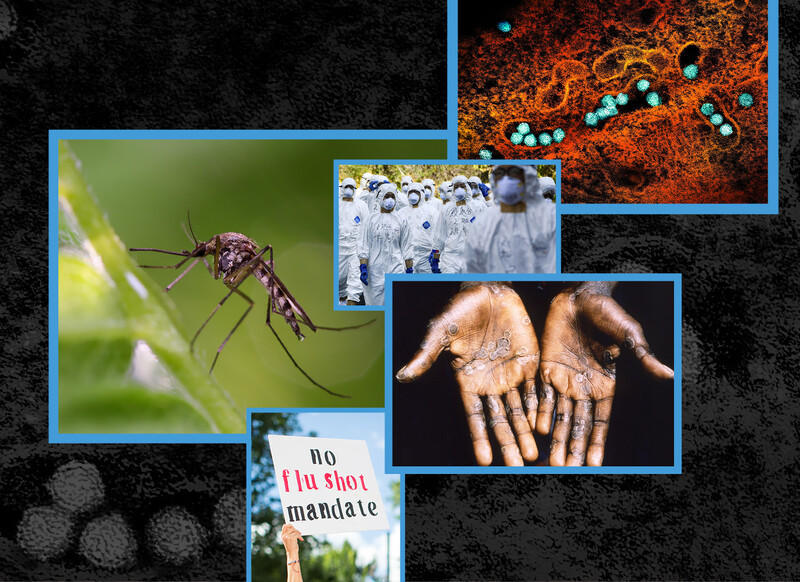For nearly 100 years, scientists have been trying to understand the reproductive mechanisms of individual cells. A breakthrough came in the 1970s, when cells were shown to form a ring of proteins around their membrane to squeeze themselves in two, using a cinching motion like that of an old-fashioned purse string.
But how do cells create the so-called contractile ring? Columbia engineers and physicists have shed light on this mystery, working with cell biologists at Yale and Lehigh universities. The biologists recently observed a ring's formation by illuminating yeast cells with fluorescent agents and then monitoring the subcellular activity on video. They watched as proteins around the cells' equators sprouted long filaments, which appeared to form solid connections with other proteins, pulling the pairs together. The process occurred countless times over a few minutes, forming a dense protein ring around each cell.
But when Columbia researchers tried to simulate the construction process with computer modeling in order to test its physical feasibility, the results were a flop: The rings came out crude and dysfunctional. That inspired the "aha moment": Maybe filaments don't connect proteins permanently, but pull the proteins toward each other only to quickly release them, allowing them to swap partners in a group dance that creates a ring of ever-denser mass. The Columbia team ran computer simulations of this scenario and found that a connection time of 20 seconds was optimal to build a ring, at least theoretically.
"That's the power of computer modeling," says Ben O'Shaughnessy, a chemical engineering professor and trained physicist who led the Columbia researchers. "You can test lots of different mechanisms with relative ease and speed, and then suggest new directions for realworld experiments."
The biologists then zeroed in on the precise movements of the proteins and found that, indeed, they shifted directions. More detailed video observations corroborated the suspicion: The filaments broke their connections every 20 seconds. "It's as if evolution has fine-tuned the mechanism to use reaction rates nearly identical to what is ideal," says O'Shaughnessy.
"Future work will involve testing the concepts learned from yeast in other cell types to learn if the mechanism is universal," says Yale biologist Thomas Pollard, a coauthor of the paper, which appeared in the January issue of Science. "Other cells, including human cells, depend on similar proteins for cell division, so it's entirely possible that they use the same strategy."


